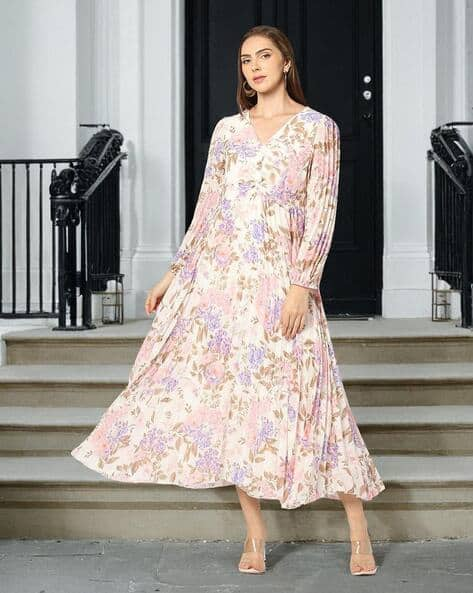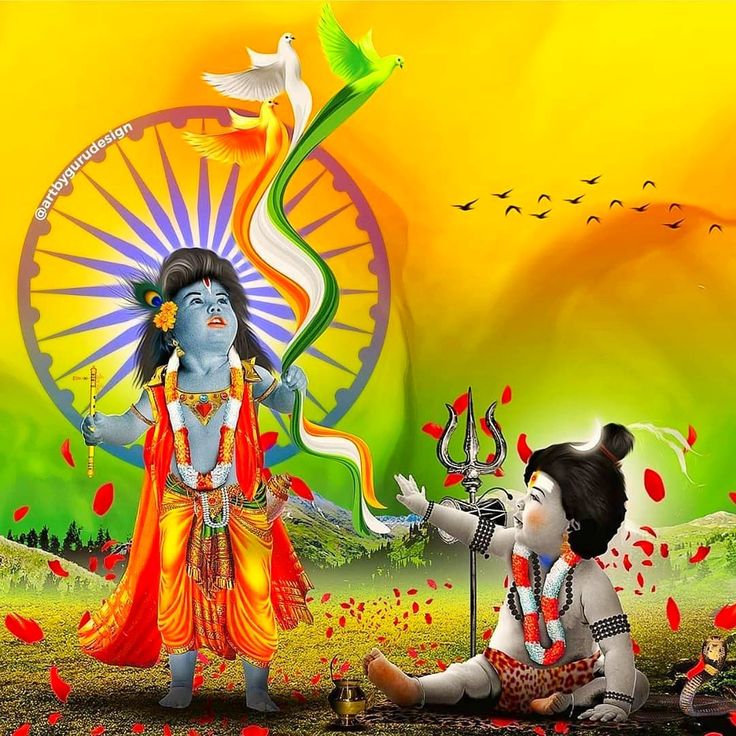What Makes a Eco-Friendly Fabric? A Beginner’s Guide

When shopping for clothes or home textiles, you might see terms like “eco-friendly” or “sustainable” on labels. But what do they actually mean? Simply put, an eco-friendly fabric is one that’s made in a way that’s kind to the environment.
First, eco-friendly fabrics usually come from natural, renewable sources like organic cotton, hemp, or bamboo. These plants need fewer chemicals and water to grow compared to conventional crops. Organic cotton, for example, is grown without harmful pesticides, making it safer for farmers and the planet.
Second, the production process matters. Eco-friendly fabrics are often made using less water, less energy, and fewer toxic dyes or finishes. Some are even processed in closed-loop systems, which reuse water and reduce waste.
Recycled fabrics
Recycled fabrics, like those made from plastic bottles or old clothes, are another green option. They give new life to materials that would otherwise end up in landfills.

Lastly, durability plays a role. Fabrics that last longer reduce the need for constant replacements, helping to lower your environmental footprint.
Choosing eco-friendly fabric is a simple way to support a healthier planet—one small decision at a time. Look for trusted certifications like GOTS or OEKO-TEX for guidance.
Related Articles
Recent Comments
Recent Posts
Tags
Awesome Beachwear Cool Eco-Friendly Fabric Eco-Friendly Tips Ethical Clothing Ethical Fashion Fashion Pollution Fast Fashion Green Choices Living a Sustainable Life Nice Organic Clothing organic cotton organic cotton fabric Shorts Slow Fashion Summer Sunglasses Sustainable Fabrics Textile Waste Vintage Winter





